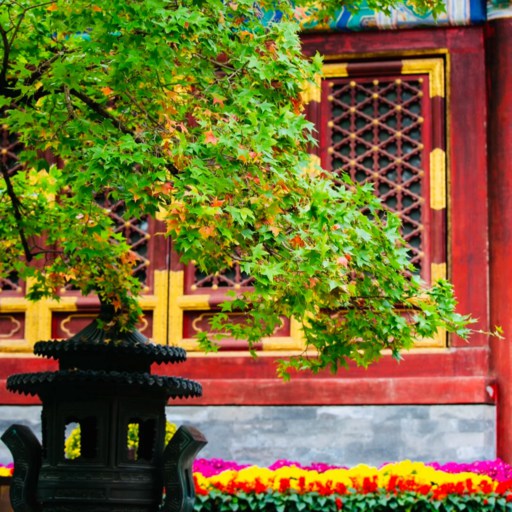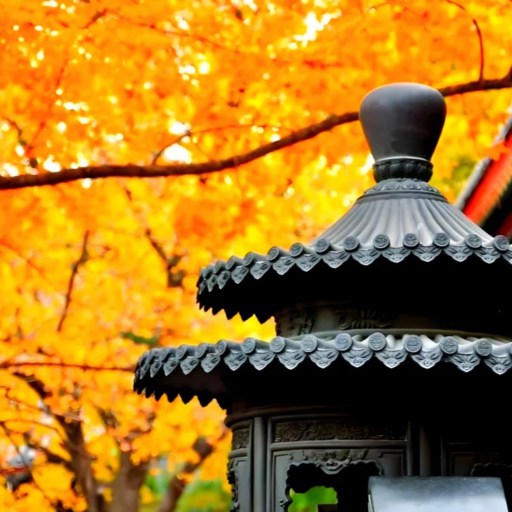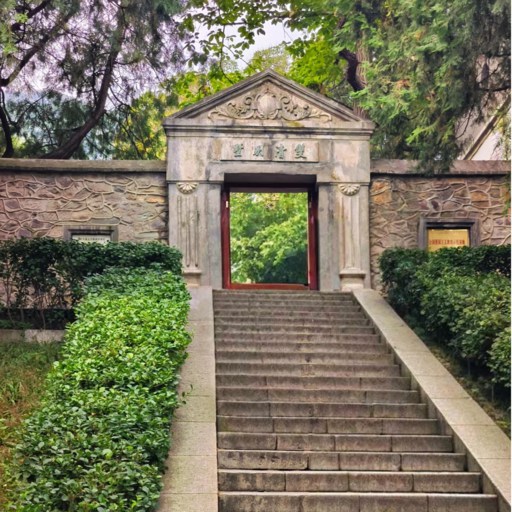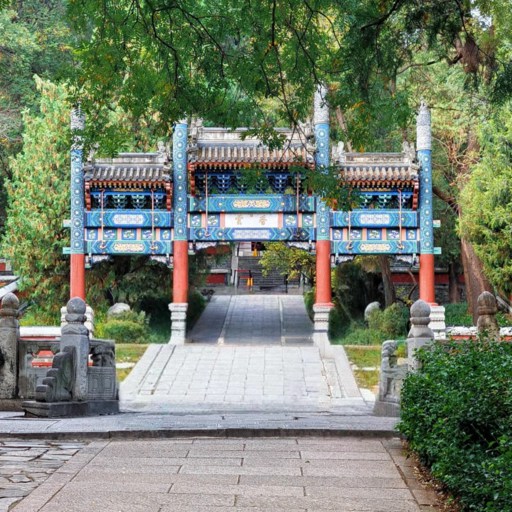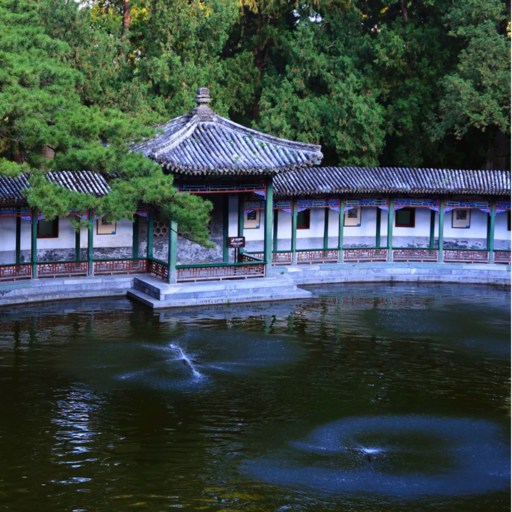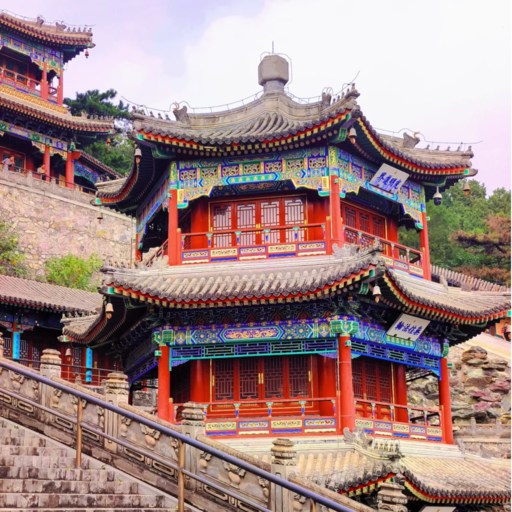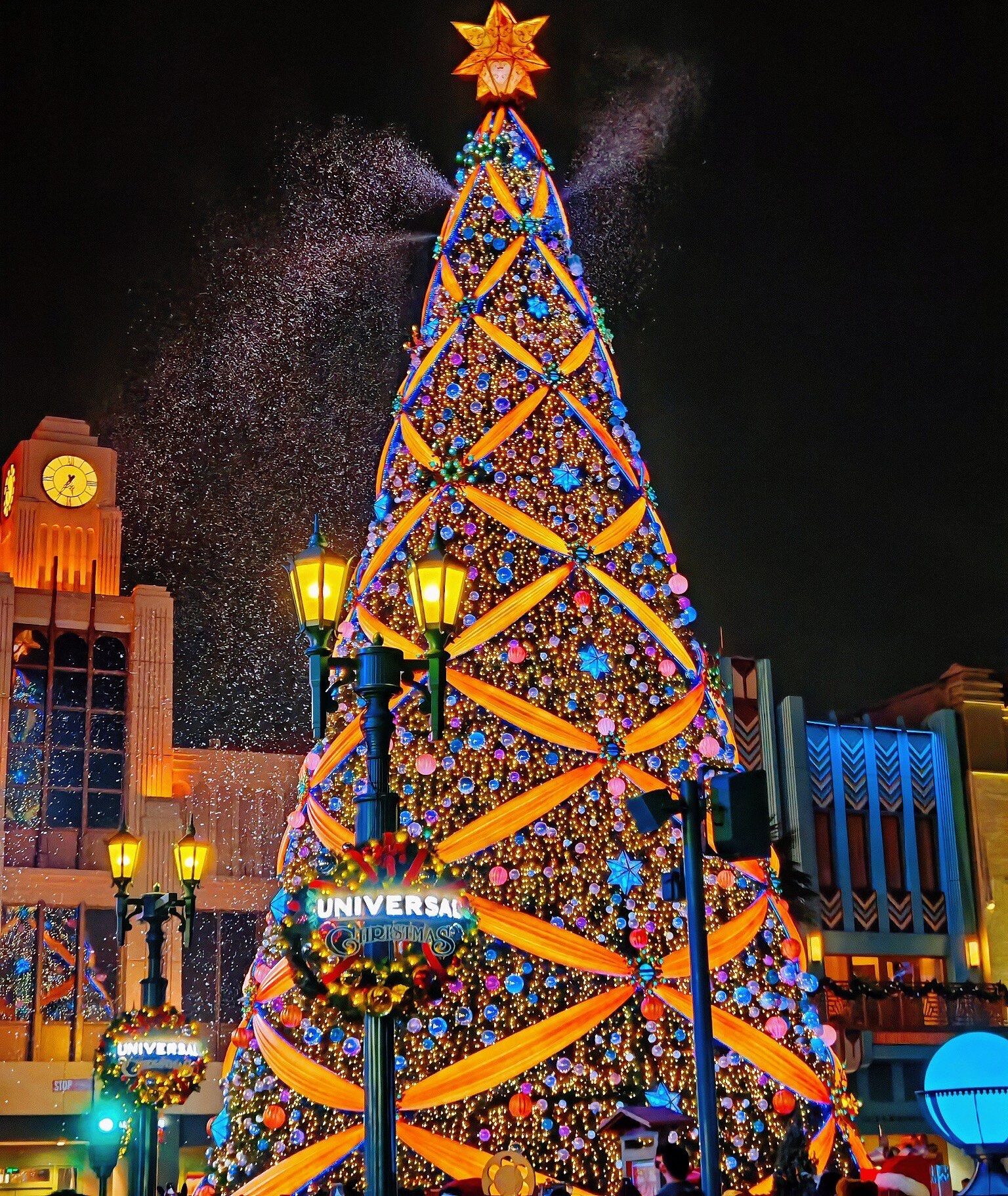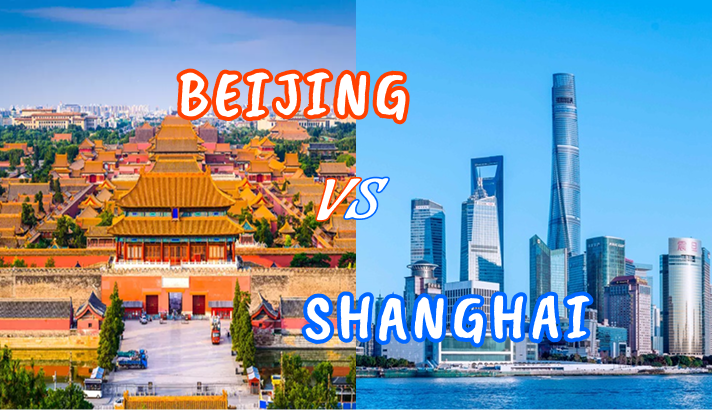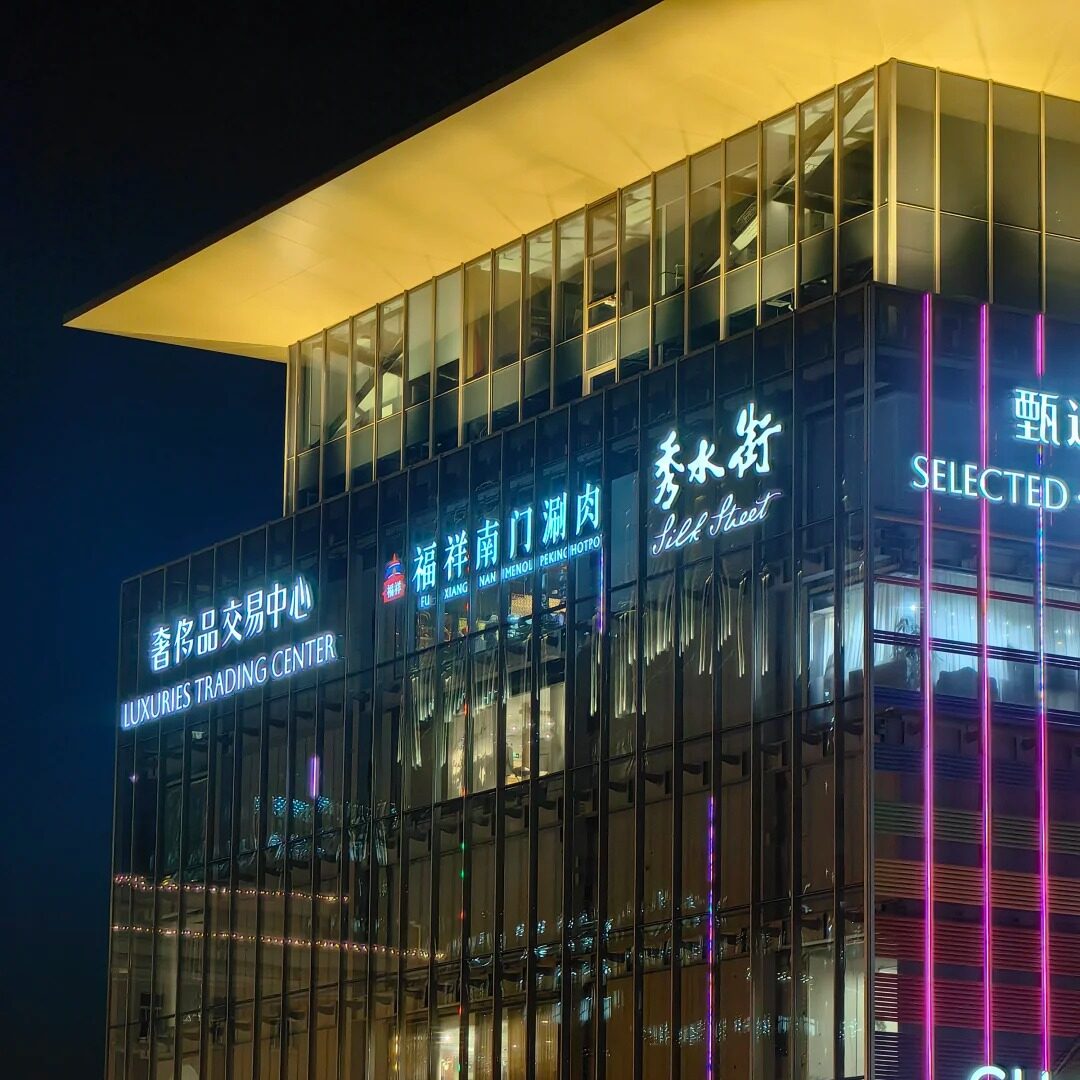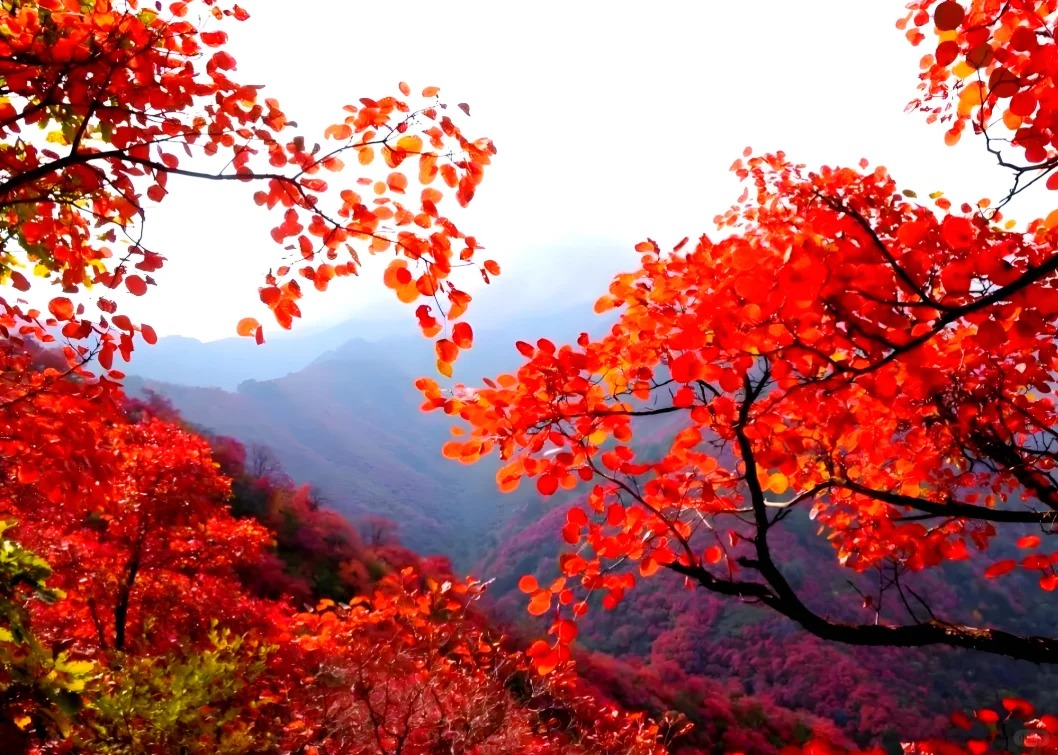
Xiangshan Beijing
Xiangshan Beijing, or “Fragrant Hills Park,” is a natural splendor with historical appeal. The Qing Dynasty's Emperor Qianlong had a closer retreat, Jingyi Yuan (Quiet and Agreeable Park), built here, which at one time featured 28 recognized scenic spots spread around Geyuan Mountain that attracted much interest from scholars and artists. The park takes its name from two oddball origins: a stalactite at the “hill” top that looks like a censer—Xianglu in Chinese—and the scent of apricot blossoms that fills the air each spring.
Located xiangshan beijing Peaceful, in the city's western outskirts is the green lung of Beijing. There is 96% of it covered by forest, over 5,800 trees and trickling springs among rolling hills. In early autumn, even the red foliage begins to peek in, providing quiet paths and surprising vantage points that speak to centuries of royal leisure.
Quick Facts About Xiangshan Beijing
| Location | Western Beijing, Haidian District |
| Nearest Subway | Xiangshan Station (Line 西郊线, Western Suburban Line) |
| Admission Fee | ¥10 for adults in spring and summer, ¥20–30 in autumn peak season, ¥10–15 in winter; children under 6 & seniors 60+ usually free or discounted |
| Opening Hours | 6:30 AM – 6:00 PM (Spring & Summer), 6:30 AM – 5:30 PM (Autumn & Winter) |
| Best Time | Late October (mid to late October) for peak red leaves; spring (April) for blossoms |
| Nearby Attractions | Beijing Botanical Garden, Summer Palace, World Park |
What Makes Xiangshan Beijing Worth Visiting
- Green Leaves in Xiangshan
- Autum of Xiangshan
Xiangshan Beijing Highlights
The Fragrant Hills Pagoda, the Mirror Pool and the legendary stairway to the top are some of the most impressive sights of the park which attracts the eye instantly. The pagoda has the quick panoramic look of the city and forested slopes. Mirror pool has the reflection of the leaves around in autumn and it forms an excellent opportunity to take pictures. The peak staircase with centuries old pines gives a challenging hiking experience to the hikers but rewards them with the greatest views. These attractions unite natural scenies, architectural heritage and picturesque places, xiangshan beijing will not be forgotten in the common trails.
Seasonal Beauty and Photography Spots
Xiangshan Beijing is a palette of colors for each season. In mid-October, the hillsides are on fire with red and gold and photographers scramble to find their way to one of several prime viewing points: There are some hidden decks along the northern slopes that have an unimpeded view of said autumn canopy. In spring you will see the blossoms of apricot and cherries, their sweet fragrance slowly blown across your path. Even the summer is lovely: thick greenery, cool shaded paths and the sound of streams meandering down hill. The last time I visited it, I watched tourists in the middle of the trail trying to catch the sun filtering through pine needles. If you’re a photographer, scanning local Beijing Xiangshan Forum threads for tip maps will save time and reveal the prime angles.
Historical and Cultural Highlights
More than just its good looks, fragrant hills beijing has layers of history. Little Biyun Temple and Bright Temple are sprinkled throughout rustic paths showing glimpses of Qing-era architecture. Stone walls bear notes left by scholars, and the Red Mansion (Hong Lou) stands as a silent harbinger of imperial idleness.
I overheard a guide explaining how Emperor Qianlong once held a painting competition here. Suddenly, the walk fills with a vivid sense of humanity. Artists kneeled on mossy stones, capturing the hillside colors in their paintings. These cultural aspects transform an ordinary stroll into a multi-sensory experience, blending nature with decades-old tales seamlessly.
Local Experiences and Hidden Gems
For those in search of genuine experiences, the park is dotted with quiet tea houses by the south entrance. One afternoon, I rested in a small wooden pavilion selling jasmine tea for ¥15–20. A local couple shared their weekly hiking rituals with me. On less-frequented paths, small streams, rock carvings, and bamboo groves appear unexpectedly, like lucky finds waiting to be discovered.
Even without roots there, light banter, chirping birds, and intermittent incense from a nearby temple create a perfect atmosphere. These moments show why xiangshan beijing is not just a scenic spot—it is a living community mixing familiar sights with pleasant surprises.
How to Get to Xiangshan Beijing
By Subway and Bus
Arriving at Xiangshan Beijing I’ll grant you that it can be a bit of a mystery how to reach Xiangshan in west Beijing when you’re out there for the first time. As I read the subway map over a pot of tea in Haidian, it seemed so satisfying for the Western Suburban Line (西郊线) to directly plug into Xiangshan Station. A short uphill walk from the station takes you to the main gate, and first whiff of pine-scented air. By bus: The buses that will take you there are fragrant hills beijing bus 375, which goes quite often through the locals neighbourhood for a couple or so ¥2–3. Mornings can get crowded, and going early allows you to skip the lines.
By Taxi or Private Car
Taxis or private cars are surprisingly convenient for central-Beijing visitors. It's 40–50 minutes' ride from Tiananmen Square or Wangfujing, depending on traffic. I usually tell the driver “香山公园” in Google Maps or Didi since sometimes pinyin itself is a little too complicated for them. The taxi fare would be around ¥60–80, making it pretty affordable if split among friends. The ride offers freedom and a snap of quieter suburban streets most tourists overlook.
Parking and Entrance Tips
Self-driving is liberation with quirks. Parking is available at the main lots near the southern entrance, ¥10-20 for a few hours; but spaces fill up quickly during red-leaf weekends. Gates open plenty early to reserve a good spot, and the trek on foot from parking lots to trails is 5-10 minutes. A pro tip: An early subway arrival and a late-afternoon walk back deliver the goods crowd-free, with possible time left to traipse on down to the nearby Beijing Botanical Garden for a quieter green escape.
Xiangshan Beijing Internal Routes and Hiking Trails
- Stairs in Xiangshan Park
- Inside of Xiangshan Park
Main Scenic Route (Spectacles Lake → Bright Temple → Xiangshan Trail)
The most popular way to sightsee Xiangshan Beijing is starting from Spectacles Lake. The first portion is relatively flat, good for most visitors but beginning to introduce the park. From there, walk up the stone-paved path to Bright Temple. It's about 30-40 minutes gentle and few short but steep steps. I recall having to stop partway, staring as sunlight filtered through pine needles while hikers both in front of and behind me followed their own tempo.
After you have passed the temple, take Xiangshan Trail to reach the summit viewpoint. This portion is more challenging — perhaps 45 minutes to an hour of uphill climbing — but the panoramic views of Beijing’s western outskirts, you’ll find, are worth it. For those seeking the red leaves of October, this trail offers a good mix of historical and natural beauty.
Alternative Routes for Photographers and Nature Lovers
For photographers or those seeking a less-trodden walk, there are obscure side trails that branch off the central path. One time I got off on a little observation deck near the northern slope and found a clearing where sunlight was hitting red and yellow leaves just right — ideal for wide-angle photos. I also love the bamboo grove behind Bright Temple, morning fog helps create a fast light. These detours, are perfect for anyone diving after the heart of fragrant hills beijing, a stillshot found from outside all that hoopla. Don’t forget a wide lens or tripod if you are serious about photography — some of the angles are hard to hold by hand.
Tips for Light and Deep Hikers
Whether you want to take a leisurely stroll or go for the full xiangshan beijing hike beijing, things are best if they’re planned out. Light hikers can opt for the less challenging scenic loops below Spectacles Lake and Bright Temple; the route is level and benches are provided. Serious hikers should expect to walk hard (2-3 hours of walking uphill) there and down again.
Pack water, snacks and comfortable shoes — there are a couple of spring-fed stations along the trails but they may not be in working order year-round. Mornings, I’ve found, are cooler and less crowded; families and weekend hikers seem more apt to appear in the afternoon. It is helpful to wear layered clothes because the temperature can dip rapidly near the summit, particularly during fall.
Exploring Surrounding Attractions Near Xiangshan Beijing
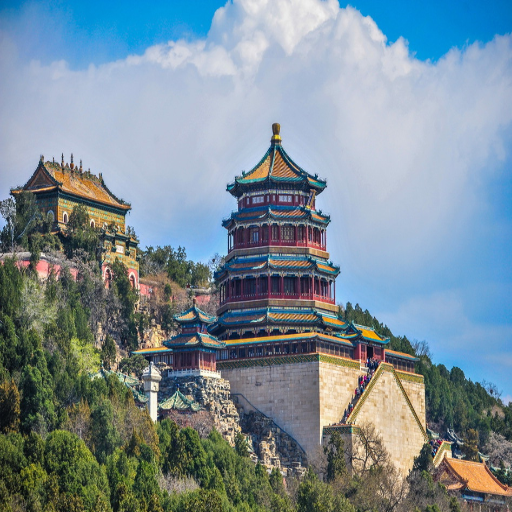
Summer Palace
Beijing Botanical Garden
The Beijing Botanical Garden is another layer of green and seasonal foliage just a short drive (or one-stop trip) from Xiangshan Beijing nearby. Out of the park’s north exit, a 10-minute taxi or short bus ride takes you to the garden’s main gate. Anticipate a little bit of both landscaped flower beds and natural forest trails; it is particularly photogenic when cherry blossoms burst into mid-April bloom and autumn leaves peak in mid-October. Tickets cost ¥10–20 and there are a few small tea stalls inside for refreshments. If you’re into photographing plants, it can be helpful to look at the garden’s official site for bloom schedules; that way, you don’t have to guess.
Summer Palace
The summer place is 30-40 minutes away by car or bus from xiangshan beijing close to it and makes for a wonderful way to do imperial architecture with lakes in the background. I typically suggest making a day of it, anywhere from 2–3 hours; strolling around Kunming Lake and walking through the Long Corridor is the perfect counterbalance to Xiangshan’s wooded slopes. Go first thing in the morning to avoid tourist hordes and tickets cost ¥40–60 depending on season. If you want to explore its royal gardens and stories in depth, check out this detailed guide on how to enhance your trip with a Summer Palace Beijing tour.
World Park
For shorter trips or for those traveling with families, World Park may be an interesting diversion. Tiny landmarks from across the world are packed into walking-friendly loops. From Xiangshan, a taxi ride takes about 20 minutes. Tickets cost ¥40–50, and it’s much quieter on weekdays. It’s a fun spot for photos or an easy wander after a more strenuous xiangshan beijing hike.
Nearby Local Streets (Dashilan, Houhai)
Investigate Dashilan Beijing or Houhai for a taste of city life after natural and cultural jaunts. Dashilan serves up old-style shops and snack streets; Houhai has bars by the lakeshore and teahouses. From Xiangshan, it’s most convenient by taxi (~40 minutes), or a combination of bus and subway. I enjoy heading over to a small lakeside cafe in Houhai where I sit and have jasmine tea while watching locals paddle about on wooden boats, it’s quite a tranquil contrast to the hike. These streets are great for winding down after a day of intense sightseeing, while still soaking up Beijing’s character.
Visitor Tips, Pitfalls, and Cultural Etiquette
- The Lake in Xiangshan Park
- Xiangshan Temple
Avoiding Crowds and Peak Hours
If you prefer to have a peaceful fragrant hills beijing, do choose morning on weekdays. I’ve seen weekends bring a procession, particularly in the autumn when red leaves are optimal. Arriving at 7 a.m.–8 a.m. results in less selfie sticks in the background of your photo and more desolate trails. At midday, school groups and local families may visit, so working your hike backward — summit to entrance — can save time and prevent bottlenecks.
What to Pack and Wear
Comfortable shoes are necessary; the xiangshan beijing hike up is deceptively steep. A rain jacket in spring or fall is good for potential light drizzle, and wearing layers on your climb helps with the temperature changes as you get closer to the summit. Water bottles and some small snacks are a must—there are spring-fed points a few places, but I’ve also seen them dry up mid-season. Sunglasses and a hat are also helpful when the sun reaches open trails in summer.
Local Etiquette & Cultural Notes
Respecting the local customs makes it more interesting. While Bright Temple, like many others, also asks that visitors speak quietly and remove headwear when entering areas set aside for prayer. You can still witness some older residents practicing tai chi in the morning or walking quietly; they appreciate it if you simply make way and watch without disrupting. Do not trash, even to paper ones are frowned upon. In beijing xiangshan forum reading gives impression that politeness makes staff as well as other hikers more pleased to help you or give way. If you want to understand more about respectful behavior and everyday manners before your trip, read this practical guide on Chinese etiquette and local customs for travelers.
Food & Drink Options Nearby
Near the south entrance, on a road right above skyline plaza are several small tea houses with jasmine or green tea (¥15–20) after your hike. There are a handful of local snack stalls offering dumplings or sweet pastries — fast dining on the way to nearby must-visits like Beijing Botanical Garden, or Houhai. I love getting a cup of hot tea, sitting on a bench and hearing birds while strategizing the next phase of the day. Simple, real-life experiences like this often are highlights of our journey.
FAQs about Xiangshan Beijing
Q: How much is the ticket for Xiangshan Beijing?
The entrance ticket of xiangshan beijing is ¥10-¥30 in different seasons. At the height of autumn, prices may increase a little bit because of the red leaf festival. You can check the latest prices and book tickets easily on Trip.com. Per-show tickets are either at-the-gateor use one of the sanctioned online outlets. Children under the age of 6 and seniors over 60 can often receive a discount or free admission.
Q: What’s the best season to visit Xiangshan Beijing?
Best time to visit fragrant hills beijing The favorite season for visiting fragrant hills is mid-October to early November which is the period when maple leaves turn deep red and gold. Spring also has a range of blooming flowers and pleasant temperatures, while summer is green and lush. Winter is more peaceful, but also offers cold…. And clear mountain views for hikers looking to get away from it all.
Q: How to get to Xiangshan Beijing by bus or subway?
The closest Subway station near xiangshan beijing is: Western Suburban Line (Xijiao Line) to Xiangshan Station, and walk 10 minutes from the main gate. Or take Bus 375 or 360 from downtown Beijing to the park entrance. They’re both inexpensive, and the buses crowd up on weekends.
Q: Are there guided tours available?
Yes, xiangshan beijing provides guided tours during the autumn festival and weekends. At the ticket office are English-speaking guides describing the history, temples and points of scenic interest. Some local travel agencies also have half-day tours that include transportation and photo stops at Fragrant Hills Park viewpoints.
Q: Is Xiangshan Beijing suitable for kids and elderly?
Yes, the lower trails of xiangshan beijing are suitable for children and are gentle. There are cable cars or rest pavilions along the main route for senior visitors. Parents should bring items like water and light snacks for children as the uphill routes can be a workout. We remained on the motorway, avoiding the final steep stone steps near the peak (inaccessible to less mobile).
Q: How long is the hike up Xiangshan Beijing?
A traditional xiangshan beijing hike, depending on speed and route chosen, typically takes two to three hours round trip. Day-trippers can walk the 1-hour lower route and more seasoned hikers can venture up to Bright Temple & the peak via a longer scenic path. Carry plenty of water and take breaks for the panoramic city views.
Q: Are there food options inside the park?
Yes, some small tea stalls and snack sellers are placed in the main roads of fragrant hills beijing. Near rest areas, you can find hot noodles, steamed buns and bottled water. But options are limited and a little pricey — many visitors opt to pack themselves light meals or to eat at restaurants near the south entrance.
Q: Can I take professional photography equipment inside?
Visitors are allowed to bring cameras or tripods into xiangshan beijing, but need permission from the authorities of the park for shooting with a drone. Photographers flock to the wide red-leaf shots offered by Bright Temple terrace and the north trail. For natural lighting and without a ton of tourists in the background, aim to arrive early morning.
